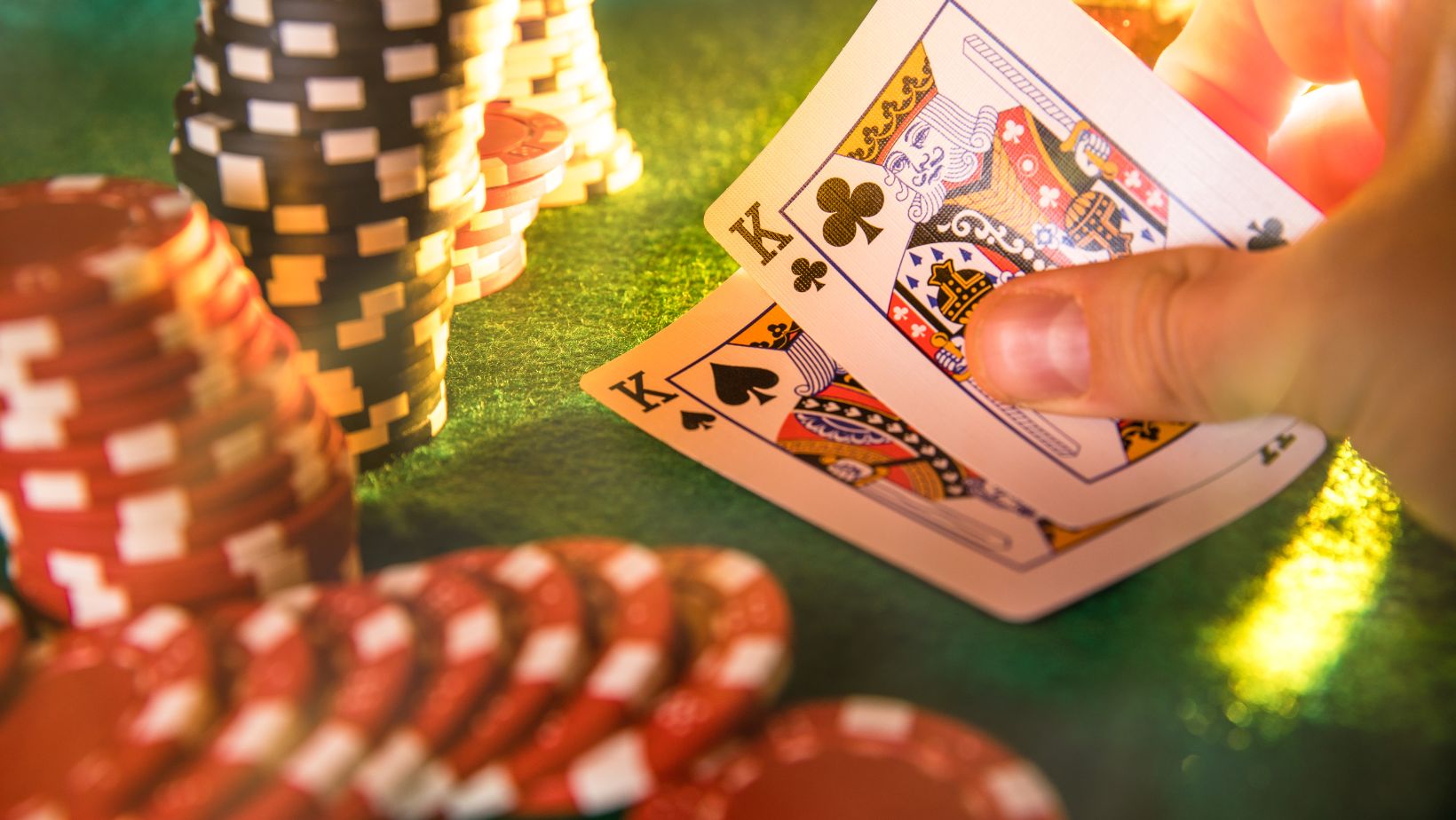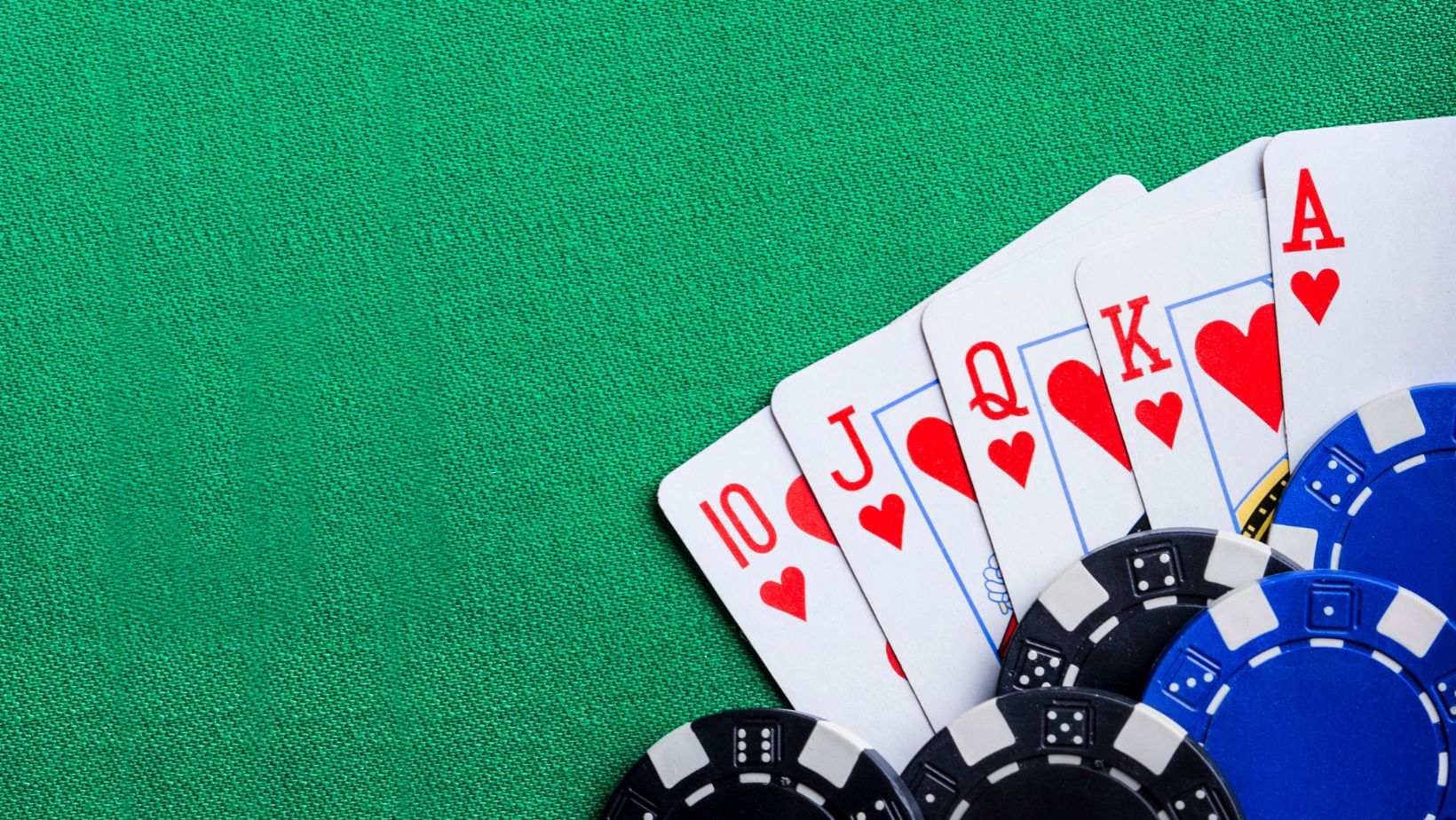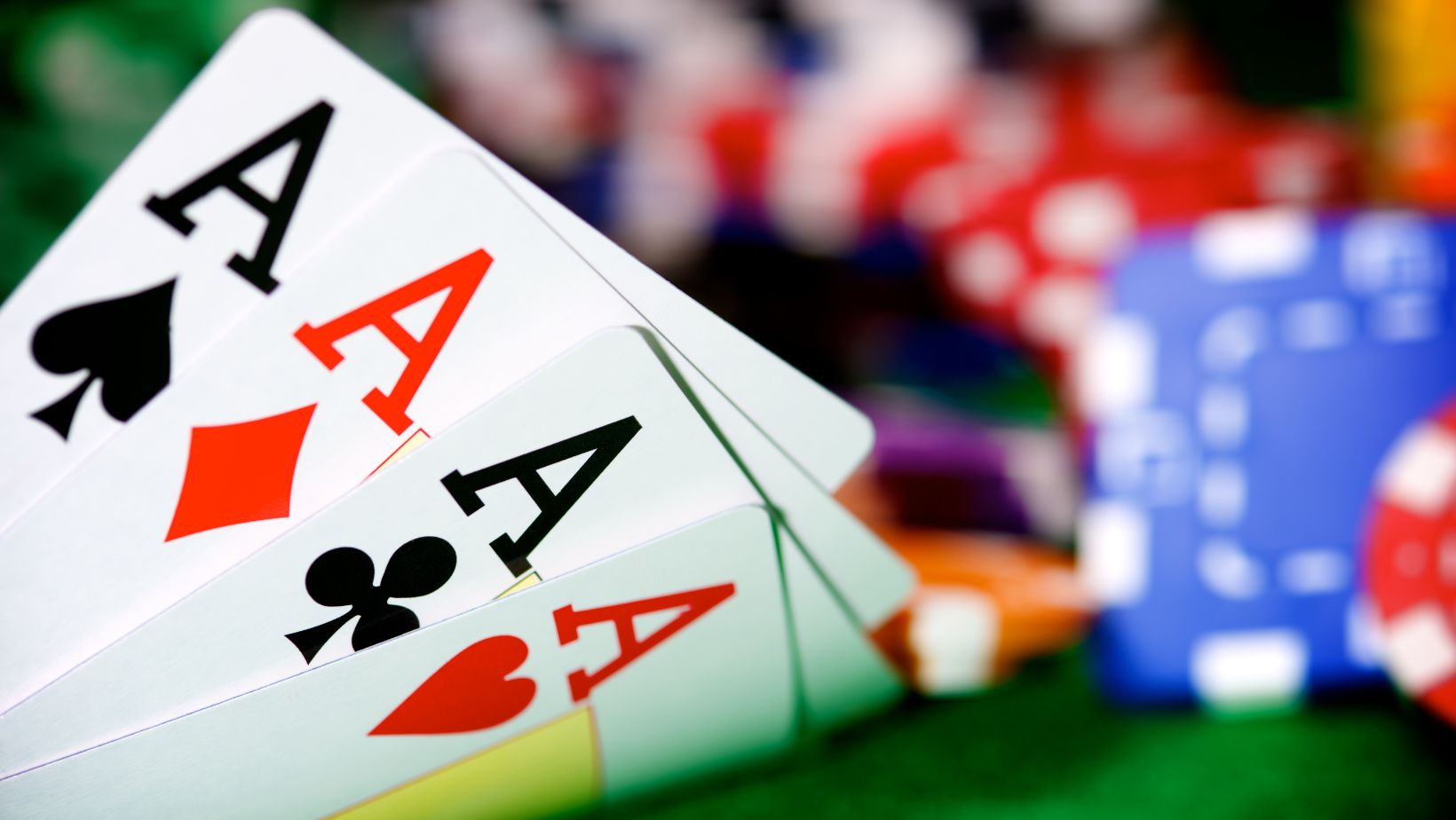
If you want to try it, consider that you won’t make it with your luck alone. It’s quite a difficult game, so learn the rules and practice more to get some winnings. You can’t gamble without a good strategy, and one won’t be enough. So, I brought you some nice options you can’t ignore.
Before diving into poker strategies, it’s worth noting that trusted platforms like Lad Brokes demonstrate how regulated gaming should operate. While specializing in sports betting rather than poker, their approach to responsible gaming, comprehensive player statistics tracking, and transparent odds systems showcase the importance of choosing legitimate platforms for any type of gambling. Their multi-tier promotional system, including features like “2Up & Win” and daily Odds Boosts, exemplifies how regulated gaming can provide fair value to players.
Master the Basics of Position Play
You can lose your cash if you’re not paying attention to your position. When you’re in an early position, you have no idea what anyone else is doing yet, so you gotta be more picky with your hands. Stick to the strong stuff — big pairs, AK, suited connectors.
You can breathe freely in the middle position but still can’t go wild. Try to remember how gamblers made their move before you act, and be careful with those who will go after you.
The best option is the latest position, as you’ll collect some info about other players before it’s your turn. If the table’s weak, you can bluff with less and build the pot with a nice hand.
Start with a Tight but Aggressive Approach
This one is the most common and effective way to gamble ’cause you have to be more selective with your hands. If they are good enough, you need to show your aggression in the gameplay (it’s called TAG). Stop limping in or calling weak hands — raise with your big pairs, A-K, or suited connectors. The main reason to stay ‘rude’ is to force your opponents to make decisions they don’t want to make.

Most gamblers chase anything, even if it’s a bad hand. When you raise with a strong hand, you’re putting pressure on them. Sometimes, they fold because they know they’re beaten. But you can’t just start using it — learn the rules to the level at which you will be able to freely navigate the gameplay.
Understand Your Opponents’ Tendencies
The game won’t give you the benefit of physical tells, but you can still get rid of your opponents. You don’t need to look for nervous glances — watch players’ betting patterns and timing. If someone takes forever to make a decision, they’re probably sitting on a strong hand or trying to figure out a bluff. If they act quickly, they likely have a weak hand.
You need to learn how to recognize behavior patterns. It’ll take time with practice, but it’ll let you tailor your approach in the end. Gamble tighter against the bluffer and put more pressure on the weak folder. You can also use a HUD to get more valuable insight. Track stats like how often someone raises, how frequently they fold to aggression, and how they play certain hands.
While you’re developing your tracking skills, consider practicing with slots – click this link – to sharpen your pattern recognition abilities. Though different from poker, these games can help you develop quick decision-making skills and learn to spot recurring patterns – valuable abilities that transfer well to poker table analysis. This risk-free practice helps build the mental agility needed for real-money poker games.
Adapt Your Strategy to Game Variations
There are different types of poker, so it’s not that simple. Each one requires a different approach if you want to succeed. You can’t use the same strategy for all formats, so adjust based on the format you’re playing first.

- Cash Games: Avoid big swings and play in a way that minimizes risk. The blinds stay the same, so you can afford to be patient (tight-aggressive goes perfectly here).
- Tournaments: Play tight and protect your stack. There’s no reason to go all-in with a weak hand when blinds are low. But you can act more aggressively as the blinds get bigger.
- Sit & Gos: This one is in between the two previous ones. You focus on survival at the start and have to balance staying alive with chipping up when payouts start.
You can’t play a tournament like a cash game or vice versa — it’ll give you nothing. Figure out what you’re playing if you want to get some cash.
Bluff and Semi-Bluff Smartly
You have to know when the board hits and how to represent a hand you might not have. If you’re playing a board with three hearts and you’ve got nothing but a pair of fours, you can still bluff like you’ve got the flush. Your opponents will fold if they buy it.
You’re betting on a hand that isn’t great right now, but you can improve if you’re semi-bluffing. If you have an open-ended straight draw, you’re still betting like you have a strong hand. Your opponent thinks you’re hoping to hit one of your outs on the next street.
Online players are often more predictable than live ones, so learning the bluff won’t be too hard. Just figure out if players tend to fold when you show aggression or bet big with weak hands.
Conclusion
Don’t gamble without a strategy. Pick those suitable for the poker variation you gamble, and don’t forget to practice. You must act naturally, as you won’t have much time to ponder your next moves. It’s better to find a more experienced gambler who can teach you how to play.
